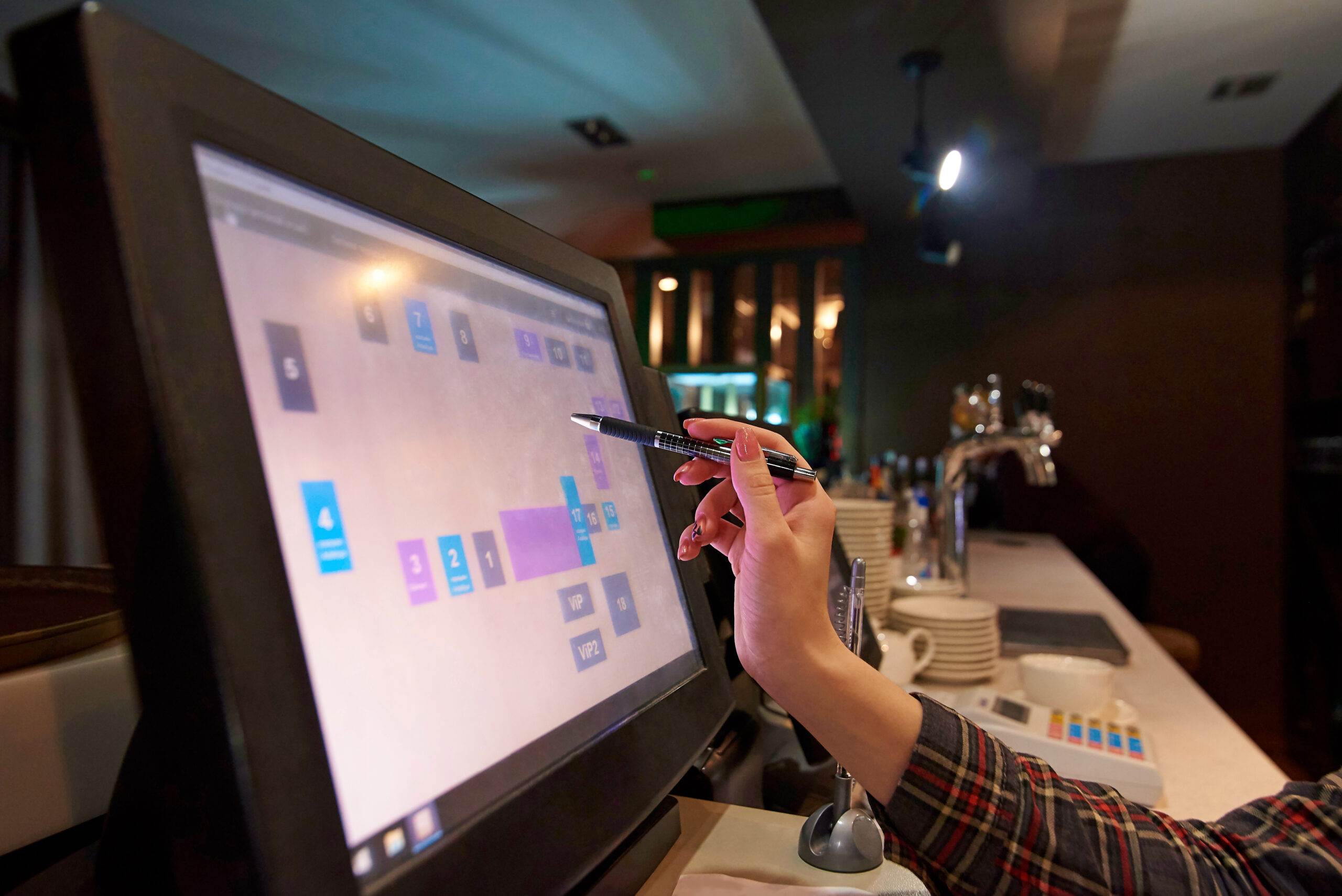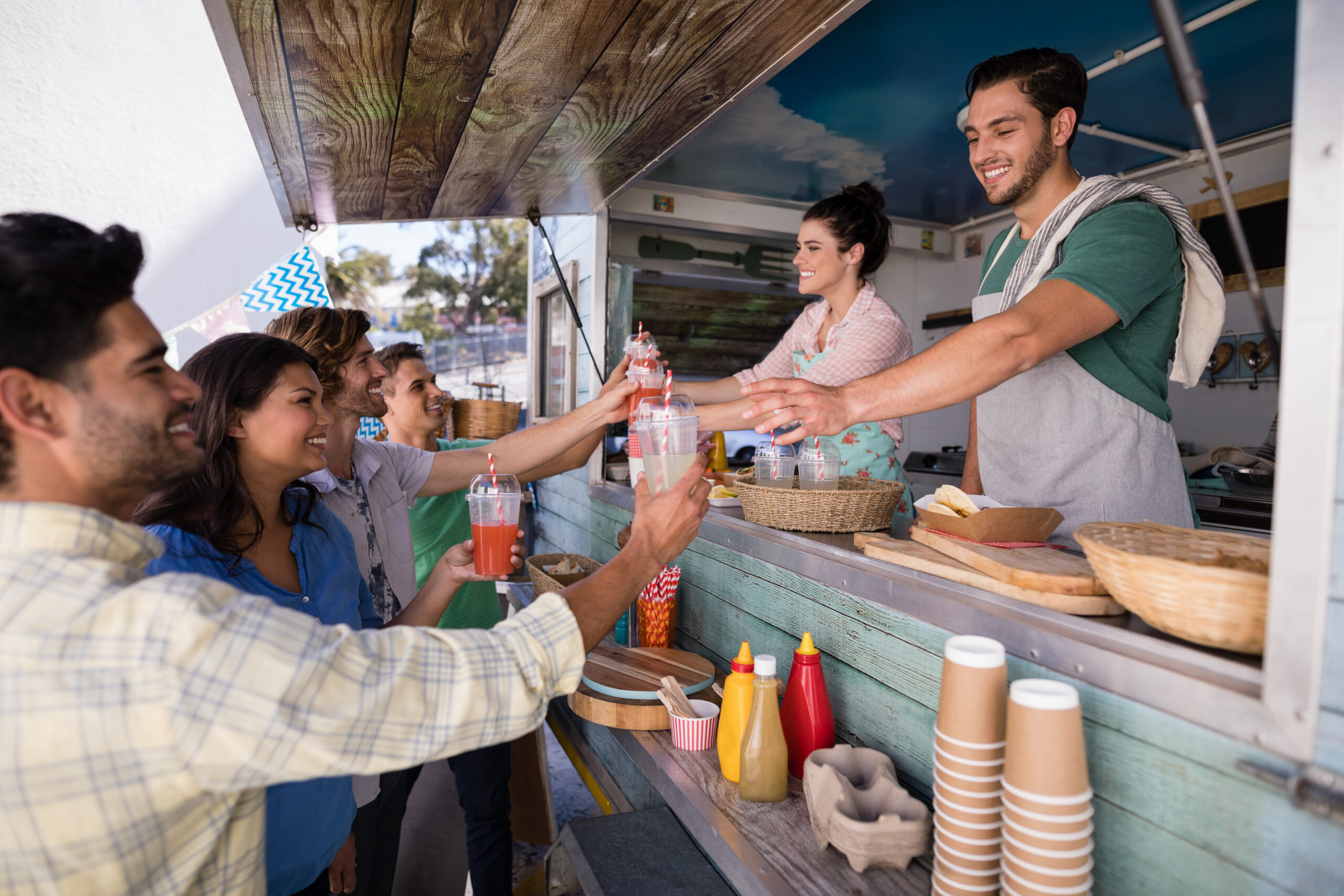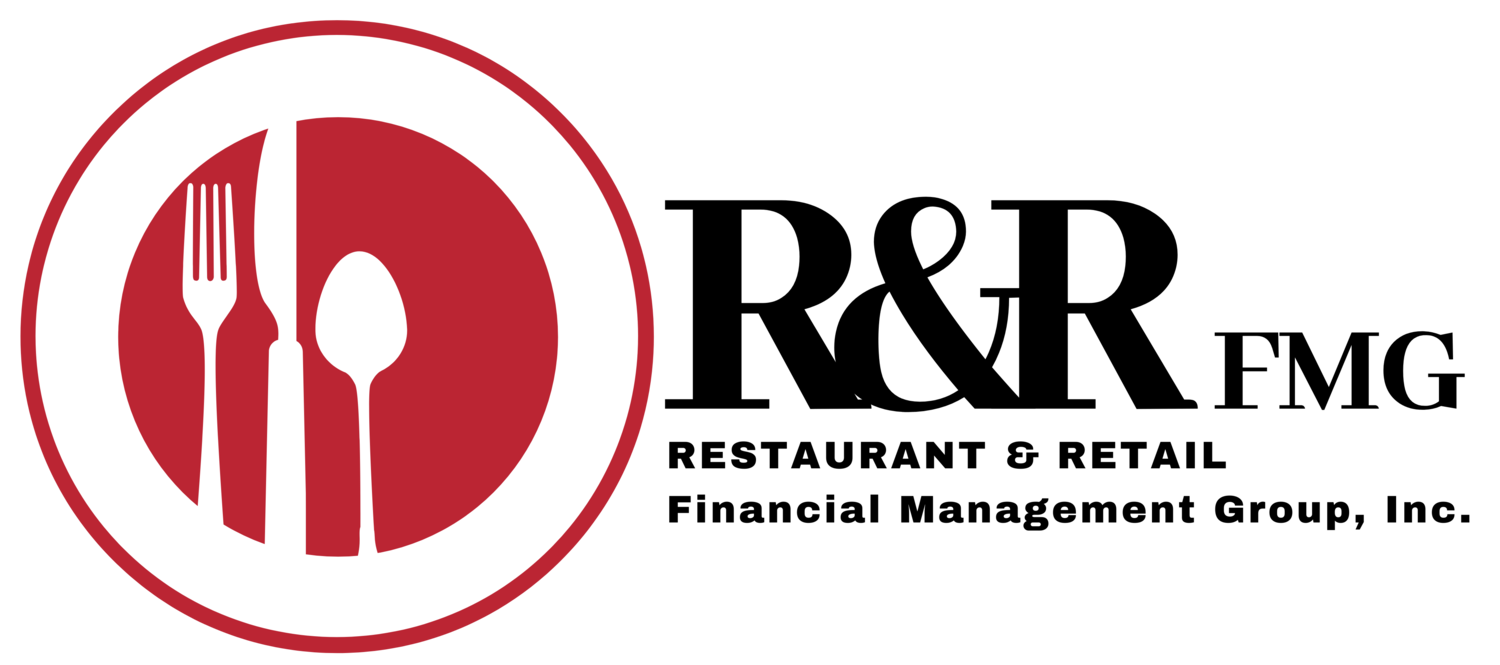
How Can I Manage All Sales Channels in Restaurant365?
by John Laporte, President, RRFMG Technology Services
Mastering Your Restaurant’s Multiple Sales Channels In One Screen
The restaurant industry is rapidly evolving, and one of the key drivers of this transformation is the expansion of sales channels. From traditional dine-in services to third-party delivery apps, self-service kiosks, and even direct catering services, restaurants are facing a growing number of ways to generate revenue. However, with this proliferation of sales channels comes a new set of challenges: How can restaurant owners and operators manage and track performance across all these diverse revenue streams? The answer lies in leveraging a powerful restaurant management tool like Restaurant365 (R365).

R365 is a comprehensive platform designed to streamline operations and accounting for restaurants of all sizes. When properly configured, it can reduce the time spent on routine tasks such as inventory management, payroll, and bank reconciliations. But more importantly, it acts as a central hub that can manage and analyze multiple sales channels in one place. Think of it as looking at all the slices of your sales pie in one place. Here’s how you can manage all your sales channels in Restaurant365.
The Importance of Configuring Your POS System

Before diving into the capabilities of R365, it’s essential to understand how critical your Point of Sale (POS) system is to the process. R365 pulls data from various sources, including your POS, bank, payroll system, and vendors, to give you a holistic view of your operations. The key to managing multiple sales channels effectively in R365 is ensuring that your POS system is set up correctly.
Your POS should be able to distinguish between different sales channels such as dine-in, takeout, delivery (both marketplace and dispatch), catering, and in-store pickup from pre-orders. It’s crucial to work with your POS vendor to configure the system in such a way that sales and labor data are accurately captured and tagged by the relevant sales channel. For instance, if a customer places an order through a third-party delivery app, the POS should be able to track this separately from in-store purchases.
Once the POS is properly configured, R365 can automatically poll this data, ensuring that each sales channel is accurately reflected in your operations and financial reports.
Consolidating Sales Channel Data
The real power of R365 lies in its ability to consolidate data from all sales channels into one unified platform. This includes not only sales figures but also labor data and costs associated with each channel, such as food, labor, and service fees. By capturing detailed data from each sales channel, you can monitor how each channel is performing both at the top-line revenue level and in terms of margins.

For instance, if you’re running a restaurant that offers in-store dining, delivery, and catering, R365 will allow you to see how much revenue each of these channels is generating. Additionally, it will show you the associated costs, such as food costs, labor costs, and any third-party service fees that might be affecting the profitability of each channel. This detailed data is key to making informed decisions about where to focus your efforts, which channels are most profitable, and where you may need to cut costs or adjust your strategy.
Managing Labor by Sales Channel

One of the unique features of R365 is its ability to track labor costs by sales channel. Labor is a significant expense for any restaurant, and understanding how much labor is required for each sales channel can help you optimize scheduling, reduce costs, and improve efficiency.
When configured correctly, R365 can integrate with your POS system to track which employees are clocking in for each sales channel. For example, employees working in the kitchen for delivery orders may have different labor needs than those working the front-of-house for dine-in guests. By ensuring that labor is appropriately categorized by channel, you can analyze labor costs more accurately and make better staffing decisions based on the specific demands of each sales channel.
Managing Costs and Profitability Across Channels
With all sales data and labor hours flowing into Restaurant365, it becomes easier to track the profitability of each individual channel. The platform automatically segregates your sales and expenses into separate General Ledger (G/L) accounts for each channel. This means you can directly compare the revenue generated by your delivery sales, catering orders, and dine-in business, alongside their associated costs.

For example, if your restaurant uses a third-party delivery app, you might face service fees that reduce your overall profitability from delivery orders. By separating these costs in R365, you can quickly identify whether the delivery channel is still a profitable venture. This level of insight allows you to take corrective action, whether that means renegotiating service fees with your delivery partners or adjusting your menu pricing for specific channels.
Staying Agile with New Sales Channels

One of the most valuable features of R365 is its flexibility in accommodating new sales channels as they emerge. The past few years have seen an explosion of new sales channels, including third-party delivery platforms, ghost kitchens, and pop-up retail concepts. As new opportunities arise, R365 allows you to add and configure these channels without disrupting your existing workflows.
Whether you decide to experiment with a new e-commerce platform, create a subscription-based delivery service, or explore a new catering partnership, R365 gives you the ability to monitor and manage these new revenue streams. The ability to adapt to changes in the market and continue to track performance across all channels in real-time is invaluable for staying competitive.
Conclusion
Managing multiple sales channels has become a necessity for modern restaurant operators. With the right tools, like R365, you can streamline this complex process and gain deep insights into how each of your sales channels is performing. By ensuring that your POS system is properly configured, consolidating data across channels, tracking labor costs, and analyzing profitability, R365 empowers you to make data-driven decisions that can improve efficiency, reduce costs, and boost profitability. With its ability to scale and accommodate new channels, R365 ensures that your restaurant remains agile and prepared for whatever the future holds.
For more information, please fill out the form below. We’ll circle back with you shortly to discuss your requirements in further detail.

We’d love to Meet You In Person Or Via The Web!
If you have any questions, or just want to learn more about how our services can contribute to your operation’s success, please fill out the form and we’ll respond as soon as we can. Alternatively, call us directly at (818) 888-9579.
